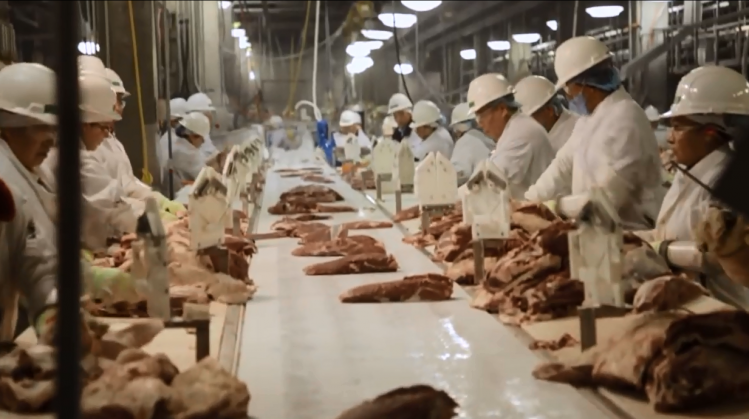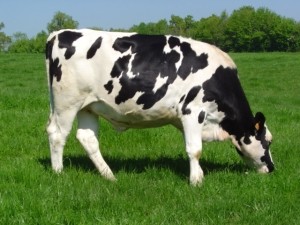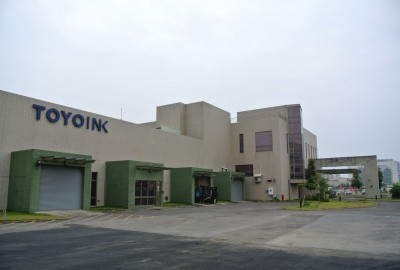Project will adapt plant to handle larger cattle
JBS launches $75m expansion of Utah beef processing plant

“Current production at the Hyrum plant is about 1,800 to 2,000 head of cattle per day,” JBS corporate affairs manager Cameron Bruett told FoodProductionDaily. The expansion will allow the company to increase that number by more than 400 head per day.
Company officials said the project will include three new buildings: a fabrication building, a ground beef facility and a distribution center. The project’s aim is to improve plant efficiencies and expand JBS USA's slate of beef and ground beef products.
“The Cache Valley's long-standing reputation for quality cattle, coupled with the growing Idaho dairy industry, uniquely positions the Hyrum facility for expansion,” said Steve Williams, head of cattle procurement for JBS USA. Hyrum is located in northern Utah, approximately 25 miles south of the Idaho border.
“While the US beef industry has certainly faced recent supply challenges, we are confident that the expansion of our traditional cattle mix to include beef and dairy cows will result in ample cattle supply, create tremendous opportunities for area producers and ensure that Hyrum will continue to build on its legacy… for years to come,” Williams added.
The dairy difference
Bruett explained that the addition of dairy cows to its product mix necessitated some of the changes that will be made to the production line at the Hyrum plant.
“Dairy cattle are larger [than beef cattle], so we have to make adjustments in the plant to accommodate that difference,” he said.
FoodProductionDaily asked Bruett what difference the inclusion of dairy cows makes in the attributes of the finished product.
“Dairy cows are leaner than cattle raised for food from day one,” he said. “The difference in the meat does not necessarily correlate to a difference in how or to whom the end product will be marketed.”
Given that dairy cows typically provide income to farmers by giving milk, what factors would convince a dairy farmer to sell his cattle to be harvested? “That’s not an easy equation,” Bruett said. “The answer will depend on each farmer’s specific situation.”
Meanwhile, back at the plant
The Hyrum facility was originally built in 1936 by E.A. Miller Meat & Livestock Co. Acquired by JBS USA in 2007, the plant processes nearly 500k cattle per year. Company officials said the facility “is a significant player in the international market, exporting about 20% of its production to countries including Japan, Taiwan, Korea and Mexico.”
The expansion project has received all necessary regulatory approvals and is scheduled for completion in the spring of 2016. The expansion will create more than 120 additional jobs and provide an economic opportunity for local cattle producers, JBS officials said.








